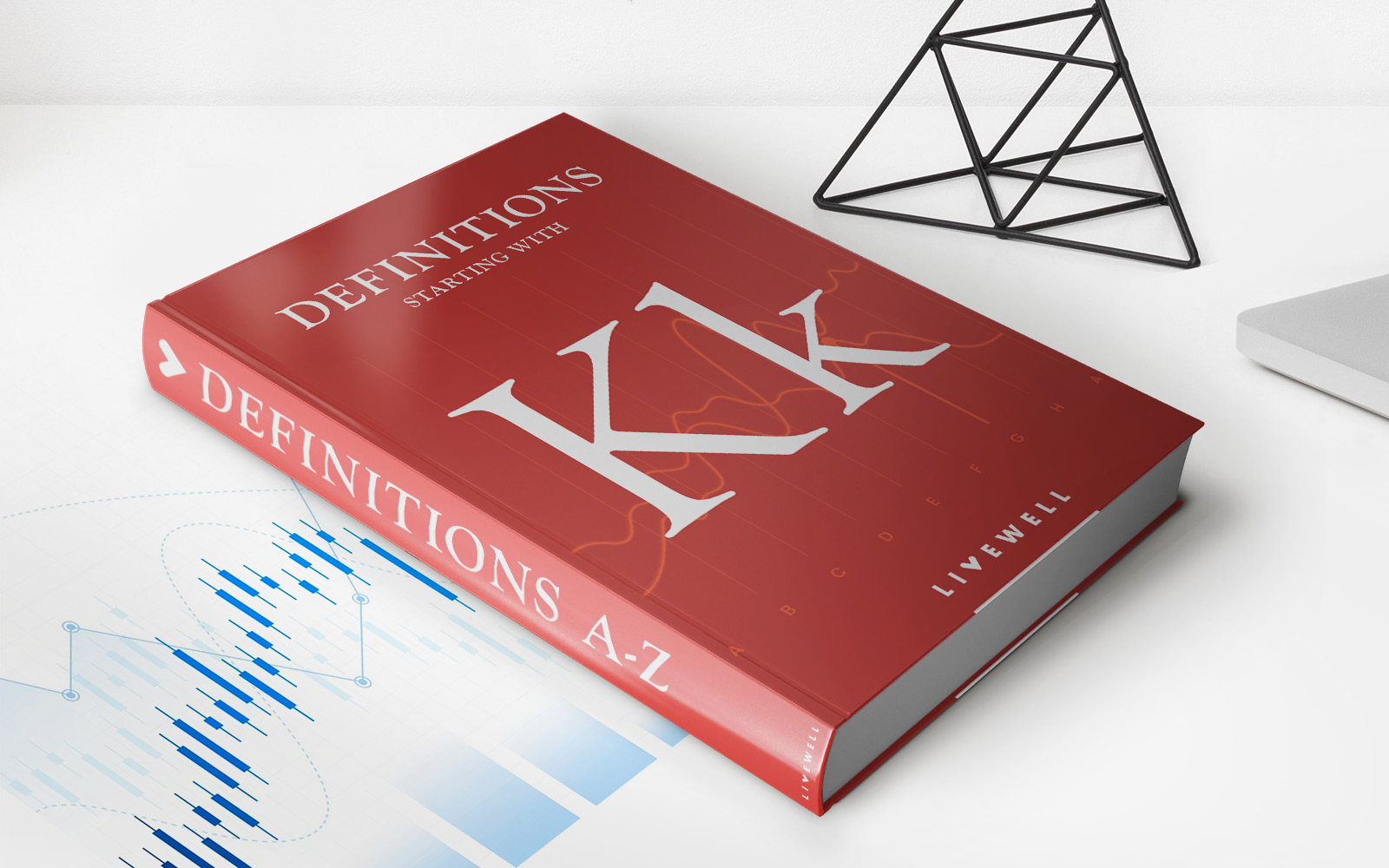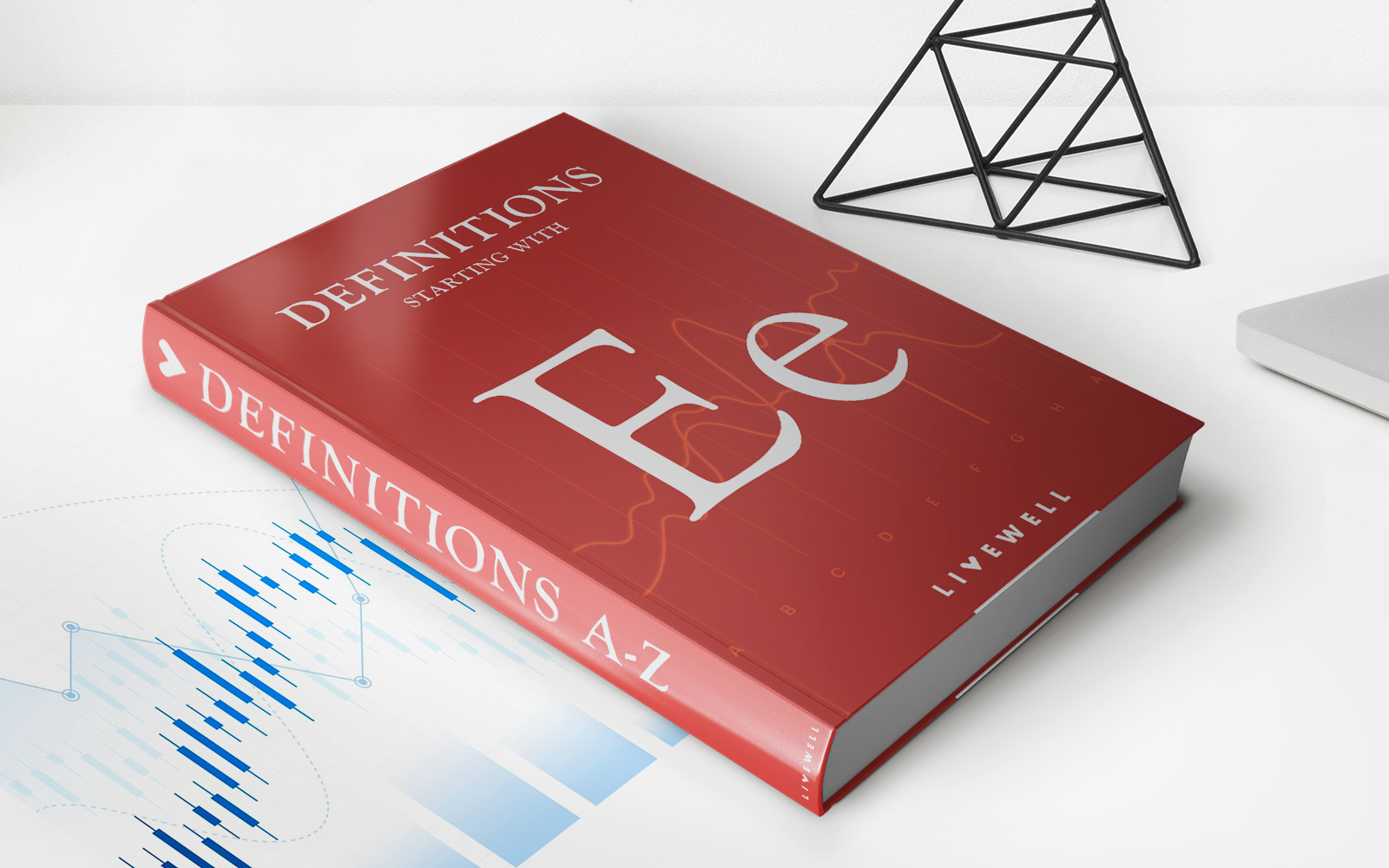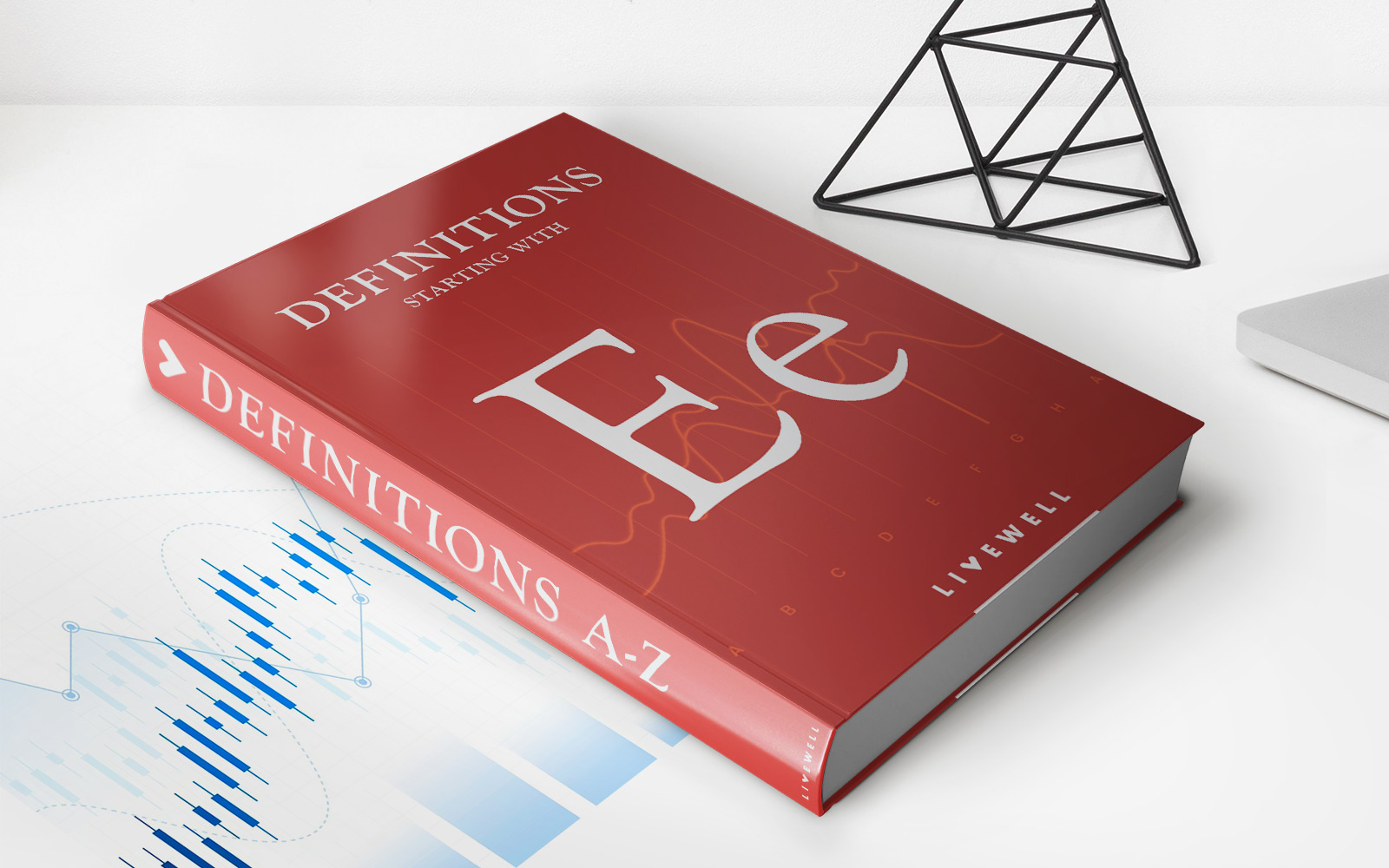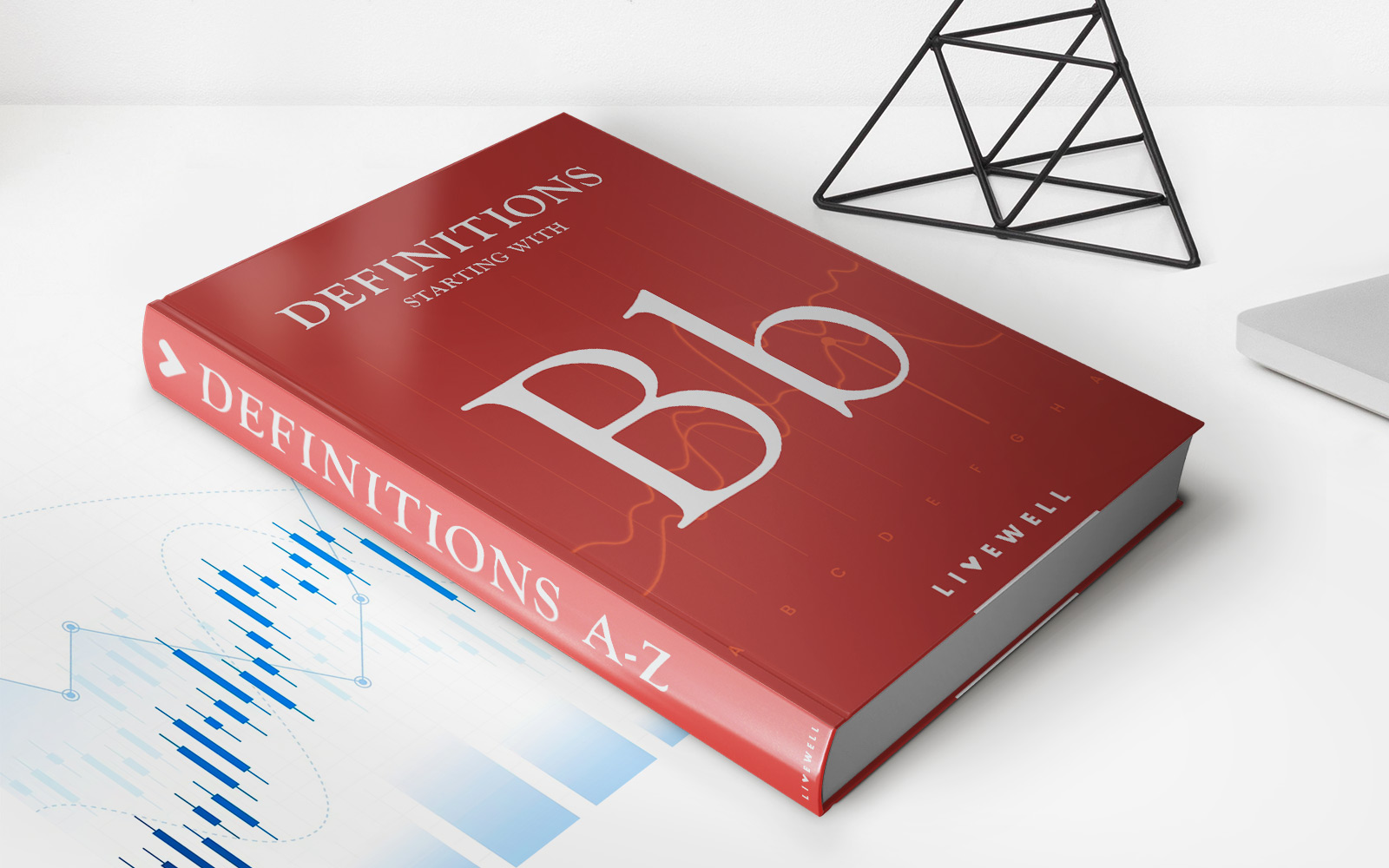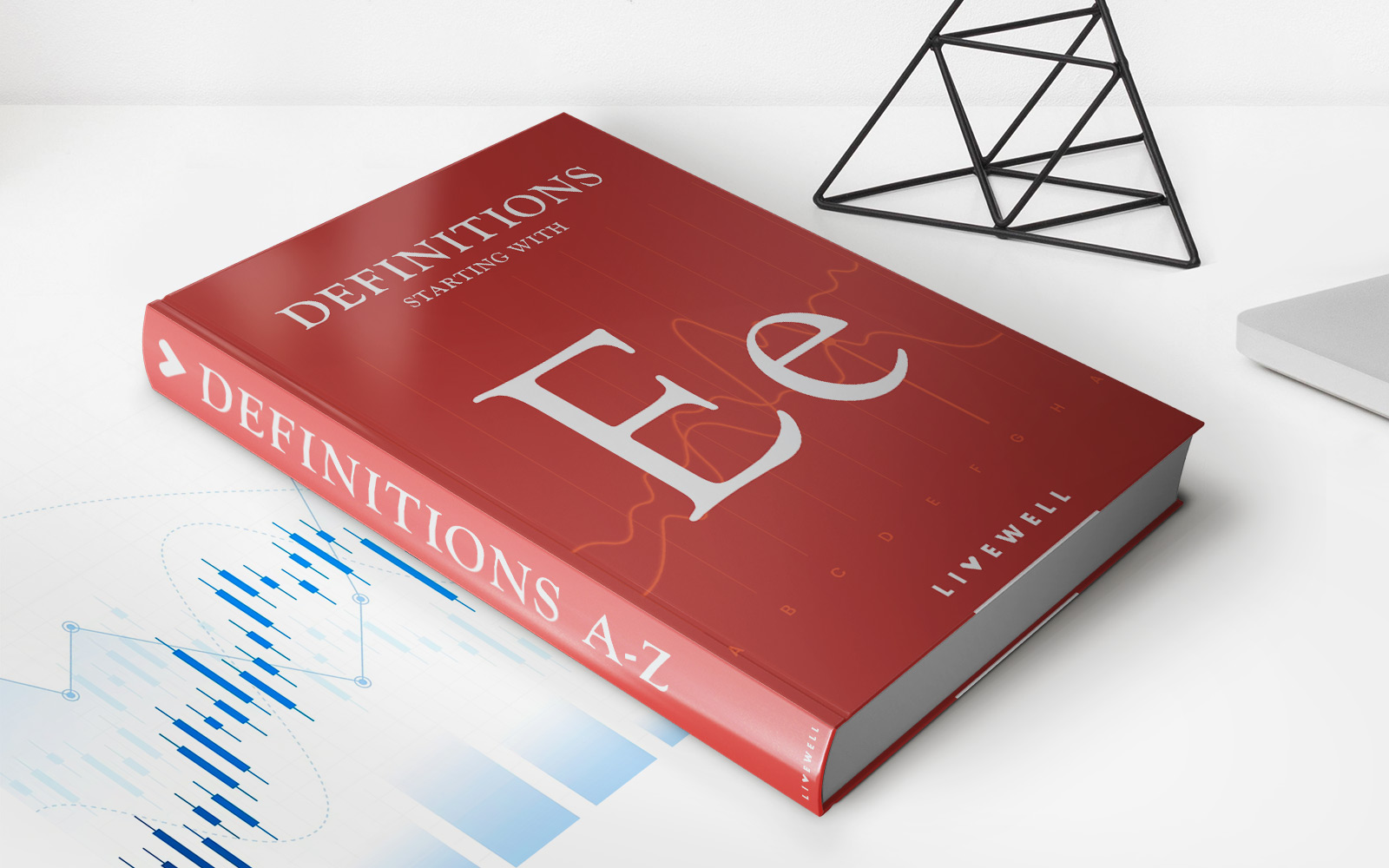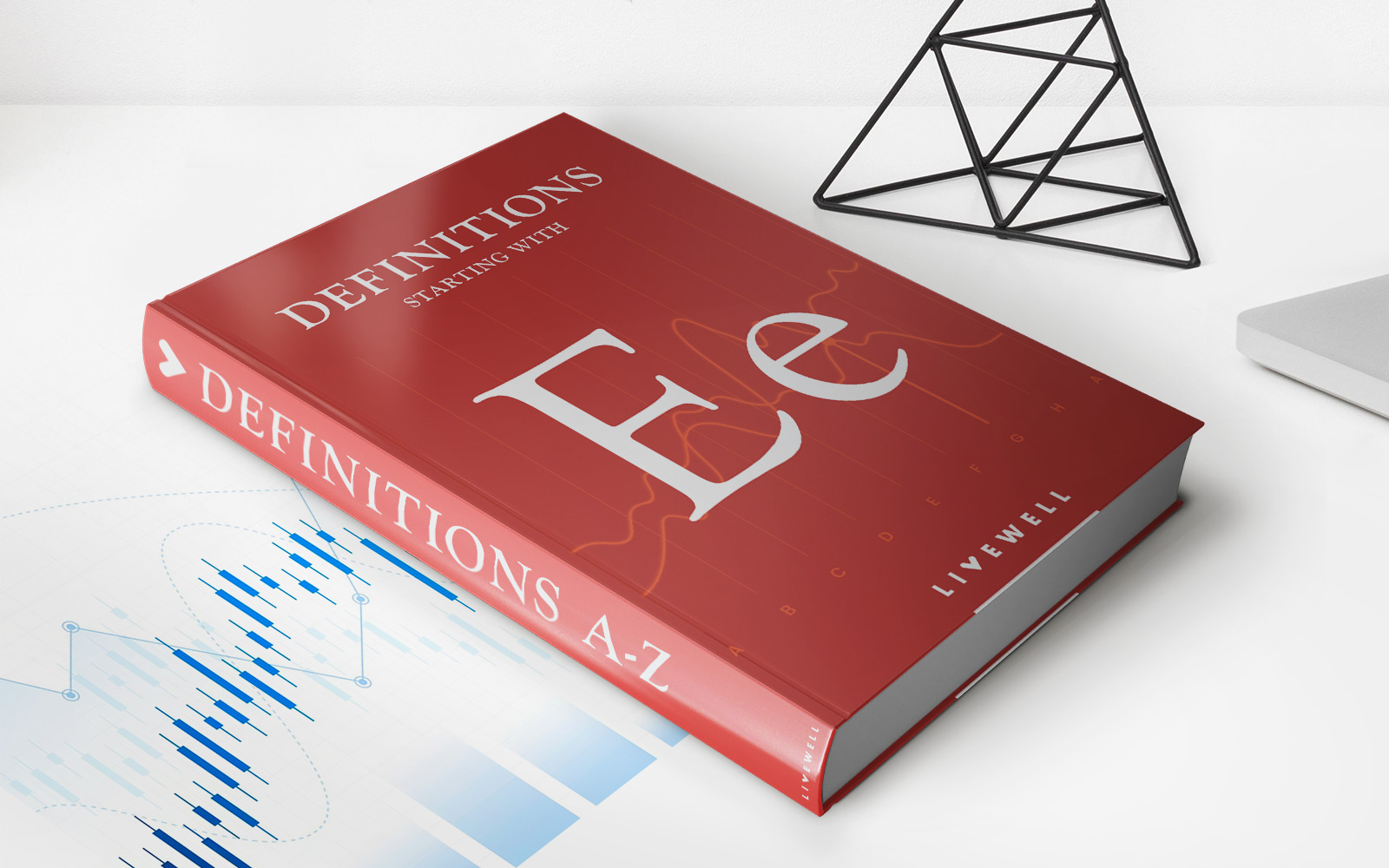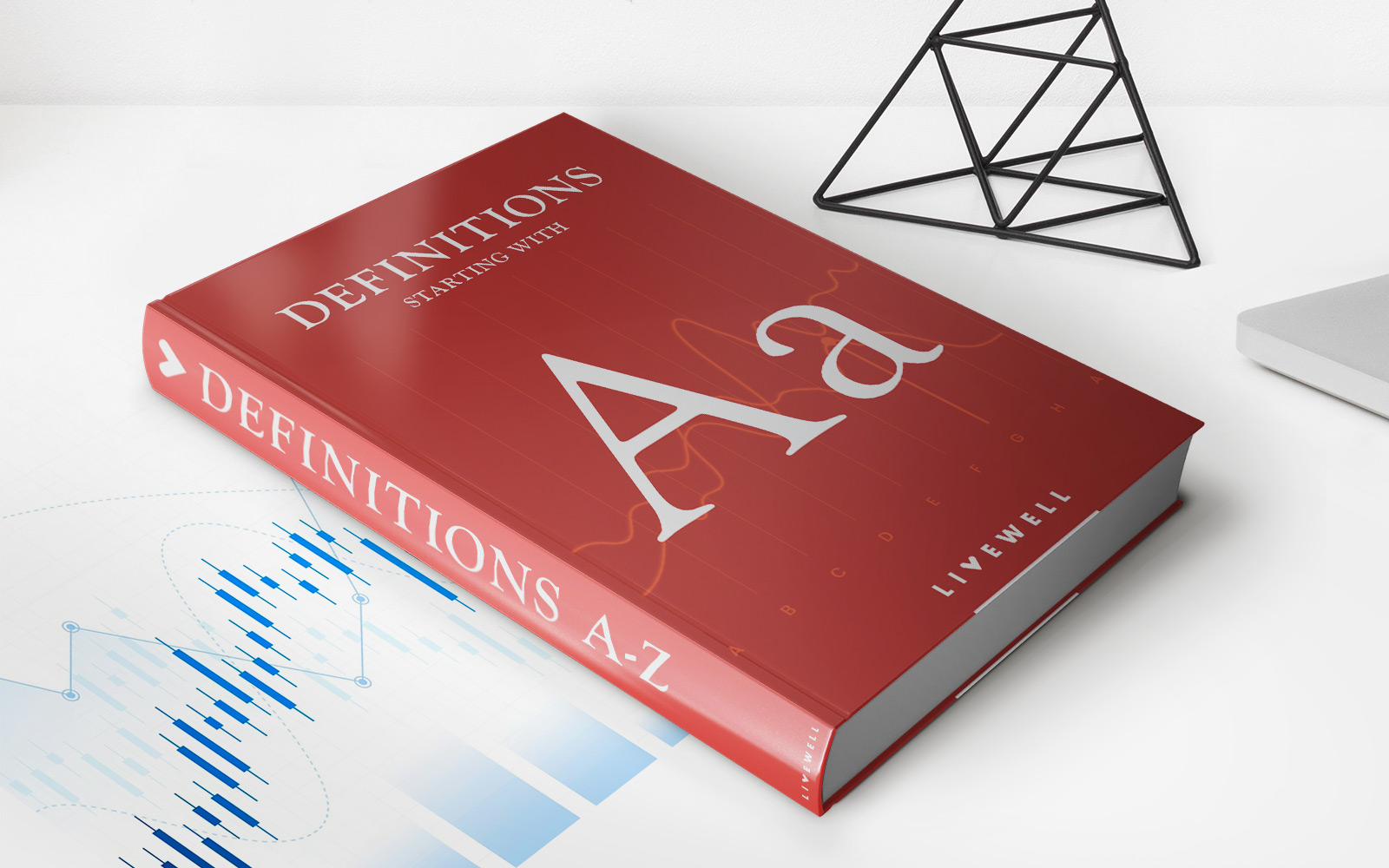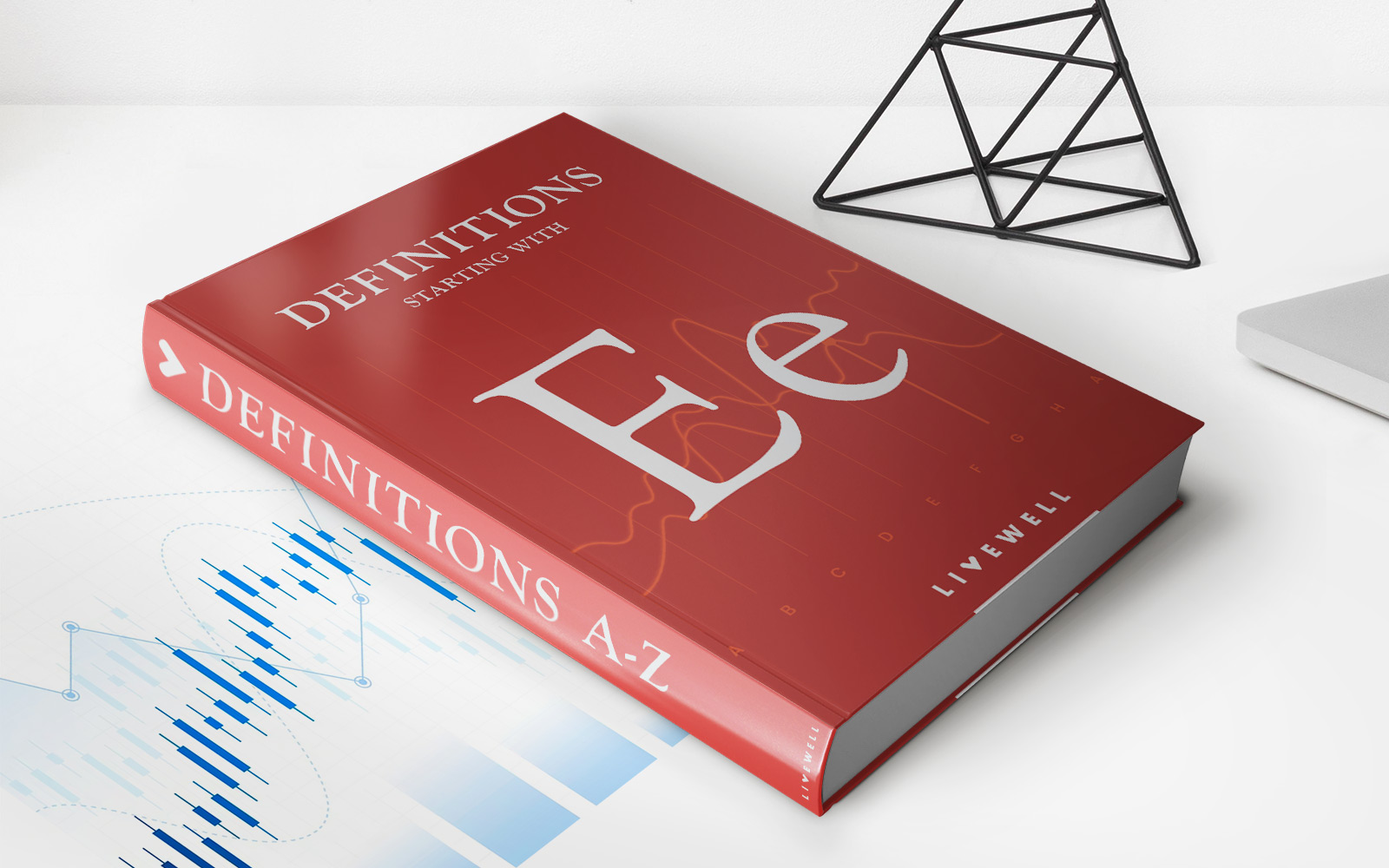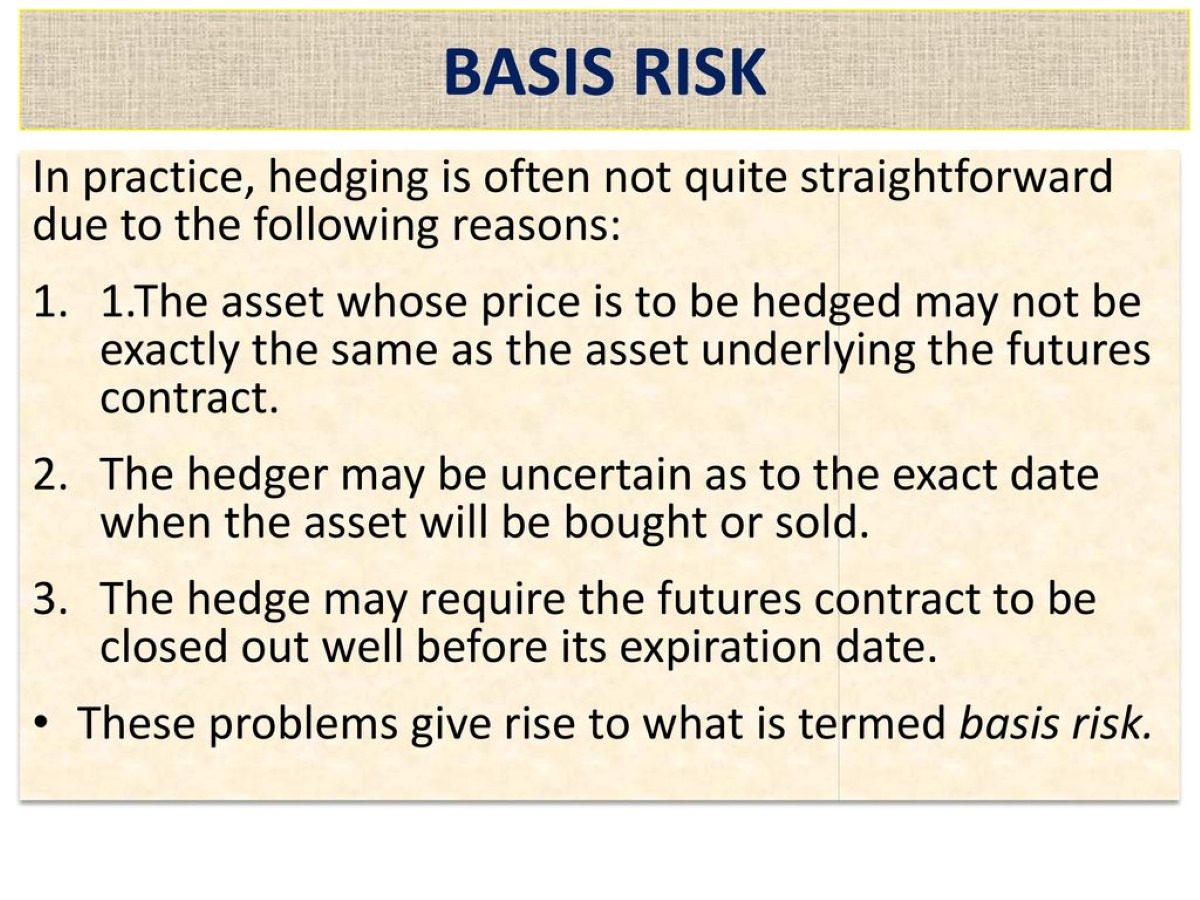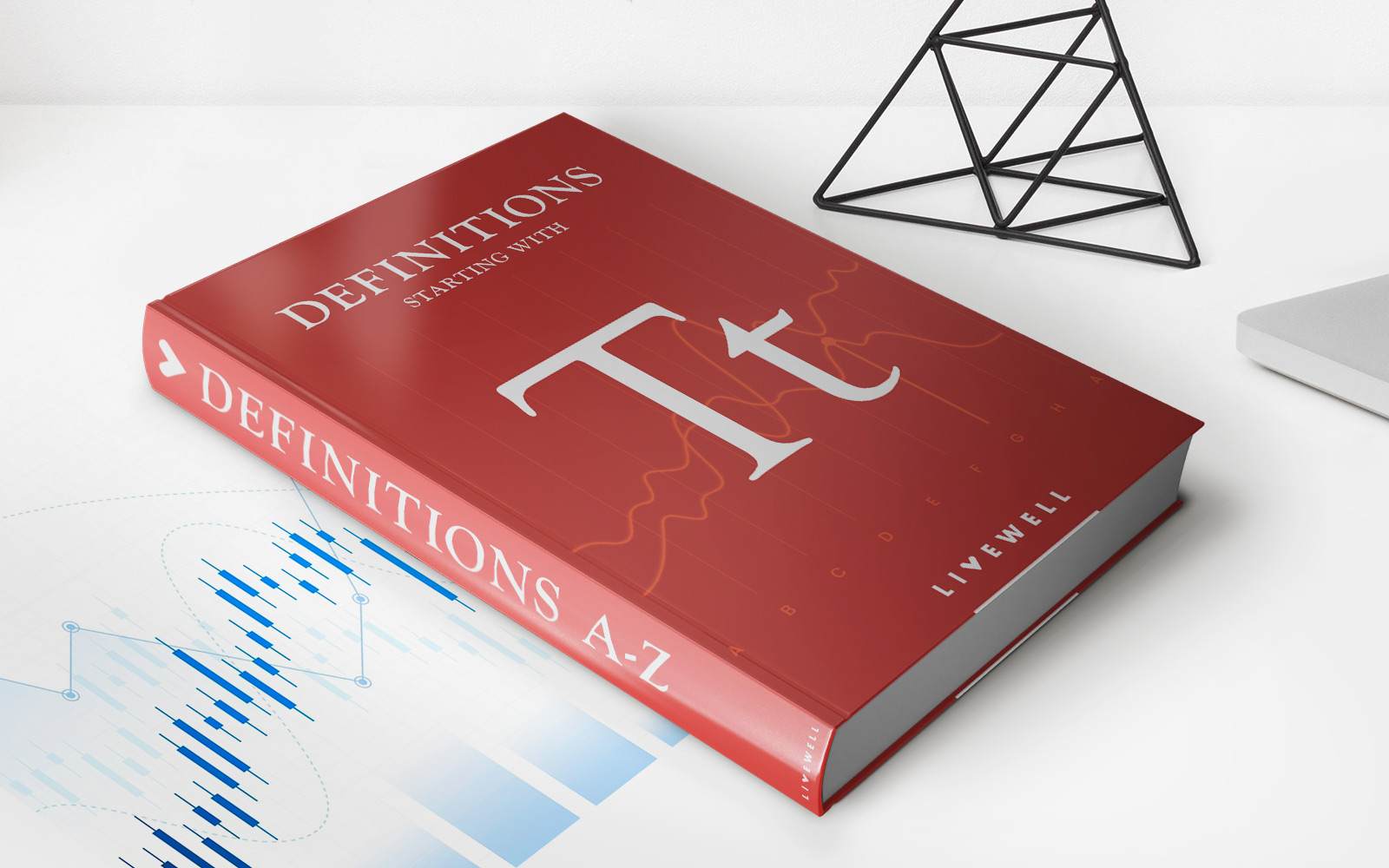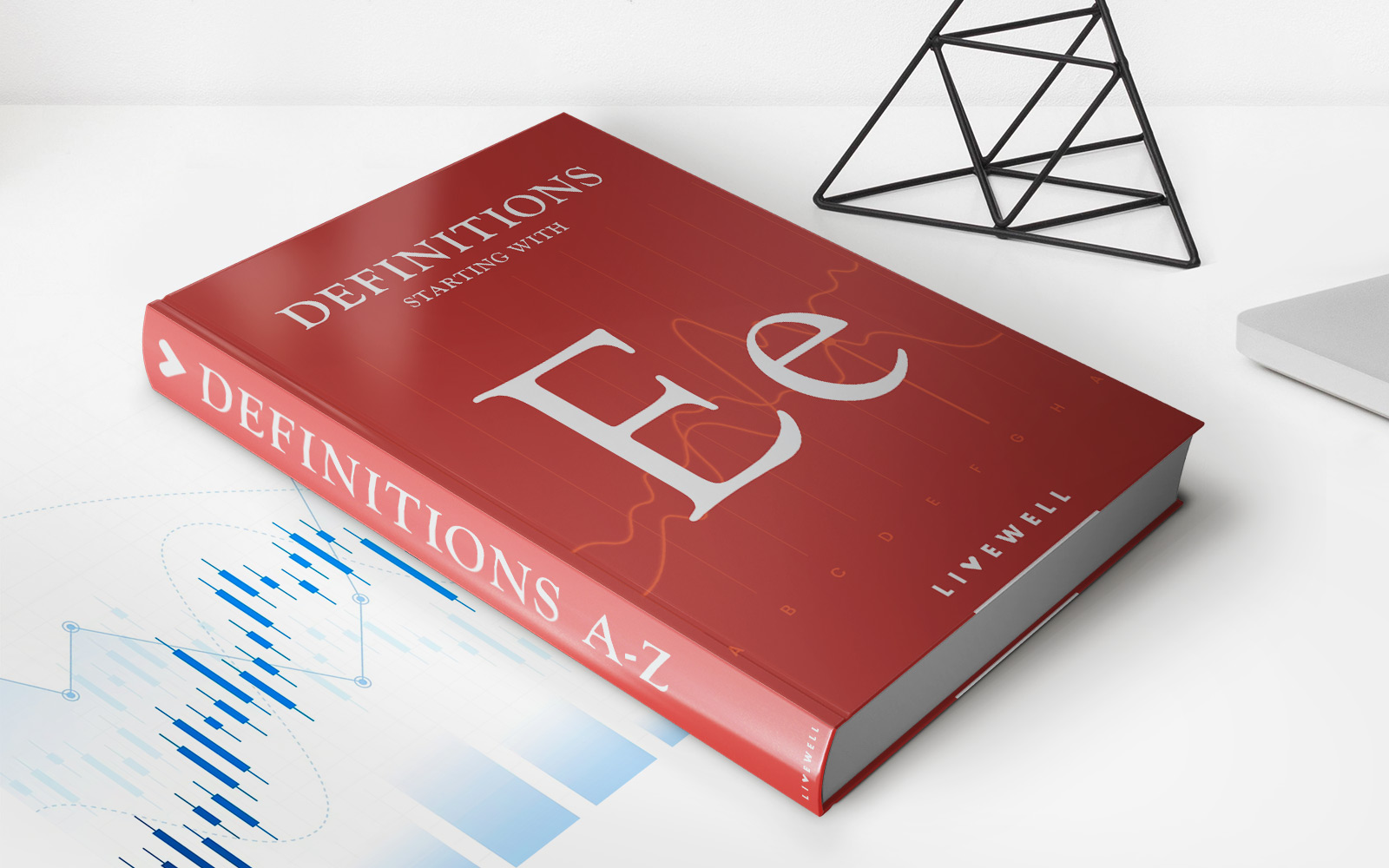

Finance
Excess Kurtosis: Definition, Types, Example
Published: November 20, 2023
Learn about excess kurtosis in finance: its definition, types, and see an example. Explore how it impacts financial data analysis and decision-making.
(Many of the links in this article redirect to a specific reviewed product. Your purchase of these products through affiliate links helps to generate commission for LiveWell, at no extra cost. Learn more)
Unlocking the Mysteries of Excess Kurtosis in Finance
When it comes to understanding the complex world of finance, it’s important to have a solid understanding of various statistical concepts. One such concept is excess kurtosis, which plays a crucial role in analyzing financial data. In this article, we will explore the definition, types, and provide an example of how excess kurtosis is used in finance.
Key Takeaways:
- Excess kurtosis is a measure that quantifies the shape of a probability distribution.
- There are three types of excess kurtosis: leptokurtic, mesokurtic, and platykurtic.
Defining Excess Kurtosis
In statistics, kurtosis refers to the measure of the shape of a probability distribution. It helps us understand how the data is distributed in relation to the mean. Excess kurtosis, on the other hand, takes into account additional information that is not captured by the standard kurtosis measure.
Excess kurtosis is calculated by subtracting three from the kurtosis of a distribution. This adjustment removes the effect of the normal distribution, which has a kurtosis value of three. Therefore, a distribution with an excess kurtosis value greater than three is considered to be leptokurtic (fat-tailed), a value lower than three is considered platykurtic (thin-tailed), and a value equal to three is considered mesokurtic (normal distribution).
Types of Excess Kurtosis
Understanding the different types of excess kurtosis is essential in finance since it can provide insights into the risk and potential returns associated with a particular investment or financial instrument. Here are the three main types:
- Leptokurtic: Leptokurtic distributions have excess kurtosis values greater than three. This indicates that the distribution has heavy tails and a higher probability of extreme events occurring. In finance, assets with leptokurtic distributions are often associated with higher volatility and potential for significant gains or losses.
- Mesokurtic: Mesokurtic distributions have excess kurtosis values equal to three. This means that the distribution has tails that are similar to a normal distribution. In finance, assets with mesokurtic distributions are considered to have a moderate level of risk and potential return.
- Platykurtic: Platykurtic distributions have excess kurtosis values lower than three. This indicates that the distribution has lighter tails and a lower probability of extreme events. In finance, assets with platykurtic distributions are often associated with lower volatility and potential for smaller gains or losses.
Example of Excess Kurtosis in Finance
To better illustrate how excess kurtosis is used in finance, let’s consider the example of analyzing the returns of two different stocks, Company A and Company B.
Company A’s stock returns follow a leptokurtic distribution with an excess kurtosis of 5. This suggests that the stock’s returns have a higher probability of extreme events, and investors should be prepared for potential large gains or losses.
On the other hand, Company B’s stock returns follow a platykurtic distribution with an excess kurtosis of 1. This indicates that the stock’s returns have a lower probability of extreme events and are characterized by lower volatility.
By examining the excess kurtosis values of these two stocks, investors can gain valuable insights into their risk profiles and make informed decisions based on their risk tolerance and investment objectives.
Conclusion
Excess kurtosis is an important statistical concept in finance that helps analyze the shape of probability distributions. Understanding whether a distribution is leptokurtic, mesokurtic, or platykurtic can provide valuable insights into the risk and potential returns associated with an investment or financial instrument. By applying this knowledge, investors can make more informed decisions and navigate the complex world of finance with greater confidence.
